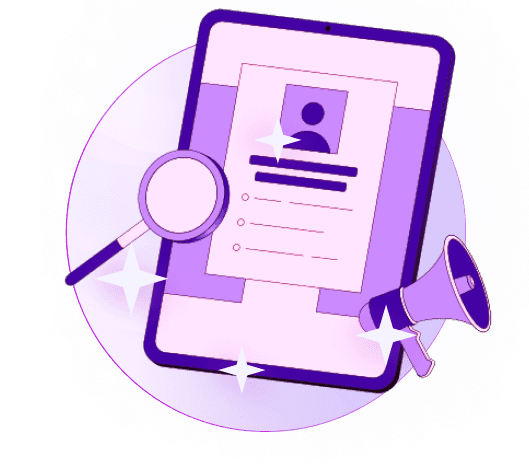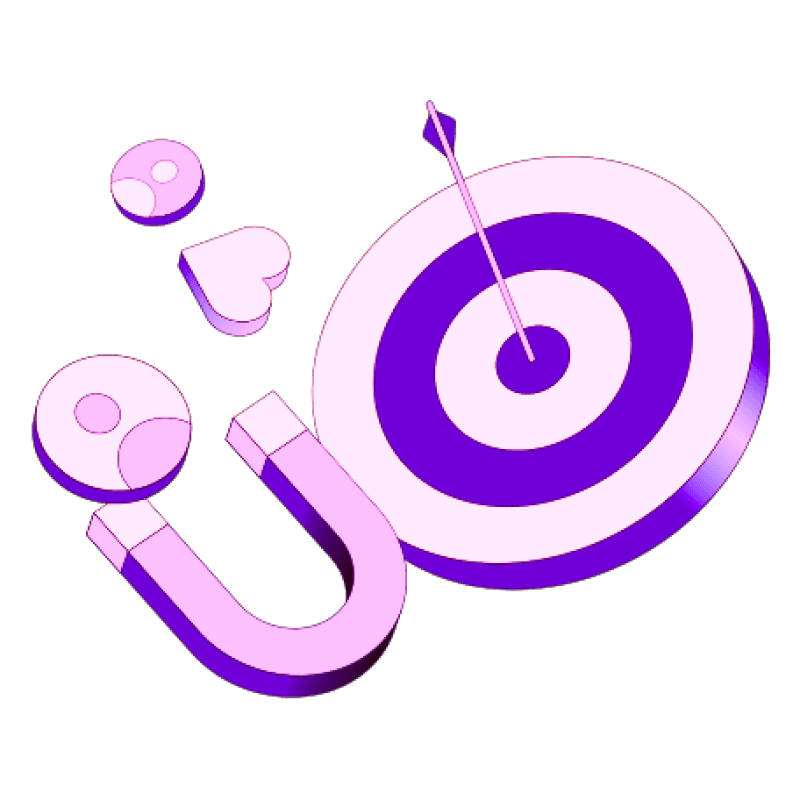Blogs
Articles

6 Proven Follow-Up Techniques for Successful Cold Email Outreach
Cold emailing can feel a bit like fishing in a vast ocean—lots of potential, but also a significant risk of never catching anything. The truth is, sending that initial email is just half the battle. Following up effectively is what often gets you the response you’re after. In this post, we'll walk through six proven follow-up techniques that can drastically improve your chances of making a connection after your first reach out.
By the end, you'll have a toolkit of strategies to refine your cold email outreach and engage with prospects meaningfully.
Understand Timing is Everything
Before we dive into specific techniques, let’s talk about timing. When you follow up too soon after your initial email, it can make you appear desperate. Wait too long, and the recipient might have forgotten who you are and why they should care. A good rule of thumb is to wait about 3-5 days after sending your first email before following up. This gives the recipient time to consider their response without feeling overwhelmed.
However, timing isn't just about days; it's also about picking the right moments in the week. Studies have shown that emails sent on Tuesday or Thursday generally have higher open rates than those sent at the beginning or end of the week. Keep this in mind as you plan your outreach strategy.
1. Craft Your Follow-Up Email with Purpose
Every follow-up email should have a clear purpose. Are you checking in? Sharing new information? Reminding them of your offer? It’s critical to make this clear in your email. A vague follow-up tends to get overlooked, while one that adds value or an interesting tidbit is more likely to catch the recipient’s attention.
For example, if you’re following up to share relevant industry news that aligns with your initial email, make sure you lead with that. Start your email with a subject line that grabs attention, like "Thoughts on [Relevant Topic]?" Then, in your message, connect that topic back to your original outreach. This not only shows that you're knowledgeable but also that you’ve put thought into your follow-up.
2. Use Humor Wisely
Everyone appreciates a good laugh, even in business emails. If it fits with your brand’s tone and the recipient’s personality, a touch of light humor can be an excellent way to re-engage someone who may have overlooked your previous message.
However, be cautious! Humor can be subjective, and what’s funny to one person might not resonate with another. A safe bet is to keep it gentle and relevant. Phrases like, "I promise I’m not a robot trying to take over your inbox!" can lighten the mood while keeping the conversation professional.
3. Be Personal and Authentic
In a world overwhelmed by automated emails, authenticity stands out. Personalizing your follow-up isn’t just about using their name—it’s about acknowledging something specific about them. Did they recently write a blog post or appear at an event? Reference that in your email.
For instance, you might say, "I really enjoyed your piece on [specific topic] and thought about how it ties into our conversation about [related subject]." This simple gesture shows that you care about them as a person, not just as a potential lead.
4. Ask a Simple Question
Sometimes, all it takes to get a response is to ask a light, open-ended question. Posing a question invites engagement and gives the recipient a straightforward path to reply.
Try wrapping up your follow-up email with something like, "What’s your take on this?" or "Do you have any thoughts on my previous message?" This creates an opportunity for dialogue and gives them a chance to share their insights, making it easier for you to connect.
5. Add Value with New Content
If you’re still not getting the responses you want, consider providing even more value. Whether it’s a case study, a whitepaper, or an interesting article, sharing new content relevant to your initial outreach can pique interest.
Just ensure that it’s something the prospect would find genuinely useful. For example, if your first email was about improving team productivity and you come across an insightful article on productivity tools, send that along with a brief note: "I thought you might find this article interesting given our last discussion."
6. Leverage Automation Wisely
Following up shouldn’t be a manual grind. By leveraging tools designed to automate follow-ups, you can save time while still sounding personal. Using an AI-powered prospecting tool like Persana.ai can simplify the process by helping you generate lead lists, enriching data, and finding contact information. Automating these aspects can free you up to focus on crafting engaging follow-up emails that resonate.
Imagine having more time to work on your email copy rather than searching for contacts or organizing leads! Allowing such tools to handle the technicalities can provide you with a significant boost in efficiency and effectiveness in your cold email campaigns.
Wrap-Up: The Importance of Follow-Up in Cold Emails
Effective cold email outreach doesn’t stop after the first message. Utilizing these six follow-up techniques can significantly ramp up your response rate and build a solid connection with your prospects. Remember to be patient, authentic, and provide value in every interaction. Don't shy away from using a bit of humor if it feels right and always personalize your outreach.
Want to take your outreach strategy to a new level? Consider exploring the world of AI with Persana.
Our tool streamlines lead generation, enriches your prospecting data, and integrates seamlessly with your outbound tools. By automating those manual processes, you’ll have more time to create meaningful connections that can lead to real business success.
Now go forth and follow up with confidence—you’ve got this!

Create Your Free Persana Account Today
Join 5000+ GTM leaders who are using Persana for their outbound needs.
How Persana increases your sales results
One of the most effective ways to ensure sales cycle consistency is by using AI-driven automation. A solution like Persana, and its AI SDR - Nia, helps you streamline significant parts of your sales process, including prospecting, outreach personalization, and follow-up.



